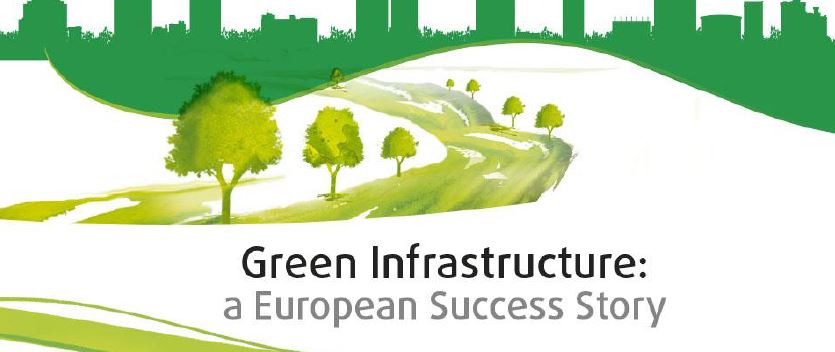Green Infrastructure offers an answer to kick-starting the economy
Member states should use Juncker’s €315bn investment plan for green projects
On 5 May 2015, the European Economic and Social Committee together with the European Committee of the Regions hosted “Green Infrastructure: a European success story” – an event co-organized by the European Commission and the European Parliament Intergroup on “Climate Change, Biodiversity and Sustainable Development”.
“This joint effort shows also the joint commitment of the Commission, the Parliament and both Committees on the concept and promotion of Green Infrastructure”, said Dilyana Slavova.
Only a sustainable European economy can guarantee long-term success
Green Infrastructure is about building and planning with nature. It involves integrating our natural environment into spatial planning, bringing a multitude of benefits – from developing natural flood defenses to improving air and water quality to supporting carbon storage – which help us create a more sustainable future. Working with nature creates jobs and growth, makes our air cleaner, reduces the danger of floods, provides recreation space for human beings and animals restores our ecosystems, helps fight climate change and makes our lives healthier. The advantages of Green Infrastructure projects are numerous, but not yet in the heads and minds of all politicians and citizens.
Success stories will trigger “imitation”
The European Commission – which launched its proposals in 2013 – is raising awareness by offering trainings and workshops. It is also strengthening its efforts on research and guidance, but all this needs the support of the Member States. An important aspect is financing. In order to attract the private sector, the Commission – together with the European Investment Bank – developed the Pilot Natural Capital Financing Facility, which hopes to bring up to 125 million euro in investments.
Citizens’ involvement is another important aspect. “For the success of Green Infrastructure projects early participatory planning procedures are necessary in order to get local communities, citizens, businesses and farmers on board”, said German EESC member Adalbert Kienle.
Many positive examples on green infrastructure already exist, e.g. in the Ruhr area, in the Belgian region of Limburg, in France and many other parts. An outstanding project is also the Green Belt initiative, which creates an ecological corridor along the former iron curtain. Some of these regions saw a fall of unemployment of even over 20%, created many sustainable jobs and saw an increase not only in the standard of living, but also in the quality of life.
During the event, Commissioner Vella stressed his will for developing a Trans-European Network of Green Infrastructure, which is supported by both the Committees.
It is now up to the Member States to put their lights on green and pick up the various offers the Commission provides, including the significant financial funding pots and complement these programmes with their own initiatives in order to encourage more private and public investment.




